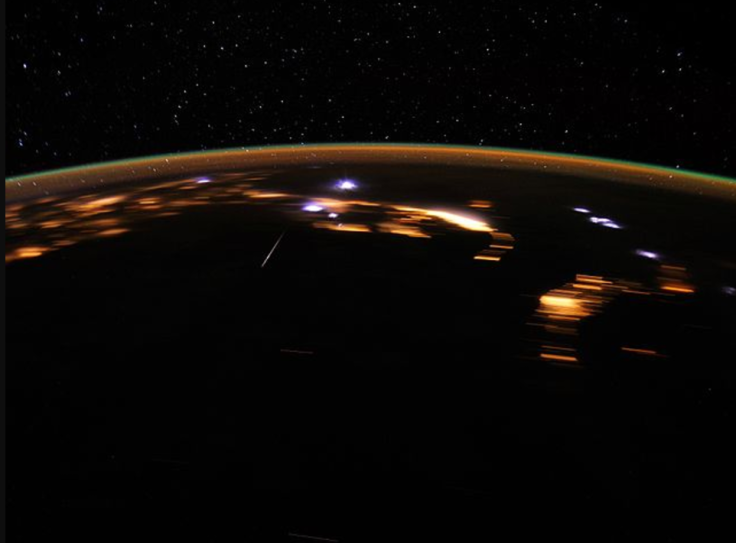Lyrid meteor shower 2017 in Australia: Four things to know about the April Lyrids [VIDEO]

The Lyrid meteor shower is almost at its peak, which is expected to happen on Saturday, April 22 up to Sunday, April 23. The April Lyrids (LYR, IAU shower number 6) occur annually from April 16-25. Read on to learn more about this amazing celestial event.
Four things to know about the Lyrid meteor shower 2017:
1. The Lyrids meteor shower will appear under a crescent moon on Friday, April 21.
According to Space.com, there will be a slender waning crescent moon in the sky during the Lyrid shower in 2017. However, stargazers need not fret because its light won't interfere too much with the April Lyrids. It can even add to the beauty of the night sky. Aside from the lunar crescent, you can also see the planet Venus shining in the eastern predawn or dawn sky, along with the meteor shower.
2. Expect to see about 10-20 meteors per hour during the Lyrid meteor shower peak on Saturday, April 22.
Make sure to stargaze on Saturday for the optimum viewing of the Lyrids in April. According to Australian Geographic, the forecast maximum of the Lyrids is at 12 pm Universal Time (UT).
Lyrids shower in Australia and the US
Meanwhile, it is expected to happen at 8 pm Australian Western Standard Time (AWST) in Western Australia (WA) and at 10 pm Australian Eastern Standard Time (AEST) in Queensland (QLD), New South Wales (NSW), the Australian Capital Territory (ACT), Victoria (Vic) and Tasmania (Tas). In the US, it is expected to occur at 5 am Pacific Daylight Time (PDT).
During its peak on a moonless night, expect to see 10-20 meteors per hour. Aside from Saturday, try looking at the night sky on Friday and Sunday, too.
3. The radiant for the Lyrid shower is near the Vega star.
According to EarthSky, the radiant for the April Lyrids 2017 is near the star called Vega. It can be found in the constellation of Lyra the Harp, which rises at around 10 pm in the northeast on April evenings.
4. There's no Lyrid meteor storm expected in 2017.
The Lyrids can reach up to 100 meteors per hour, but this only happens in rare instances, such as in 1982 in the US, in 1922 in Greece and in 1945 in Japan. There's no Lyrid meteor storm expected this year. However, things aren't set in stone when it comes to nature, so expect the unexpected when gazing at the stars.
If you really want to witness a meteor storm, watch out for the Leonid meteor shower in mid-November. It has some of the most intense meteor storms of all time, with meteors falling at 50,000 per hour!
The annual Lyrid meteor shower was named after the Lyra constellation. The Lyrids-related comet is Comet Thatcher which is responsible for the occurrence of the April Lyrids because Earth crosses its orbital path every year, in the latter part of April. During this time, the comet sheds some pieces in its orbit which show up in the upper atmosphere of the Earth at 177,000 kilometers (110,000 miles) per hour, and these are seen in the sky as the Lyrid meteors.
Watch: Jupiter at Opposition and the Lyrid Meteor Shower In April 2017 Skywatching | Video
Source: VideoFromSpace/YouTube
ALSO READ| Lyrid meteor shower peaks in night skies April 22-23




















